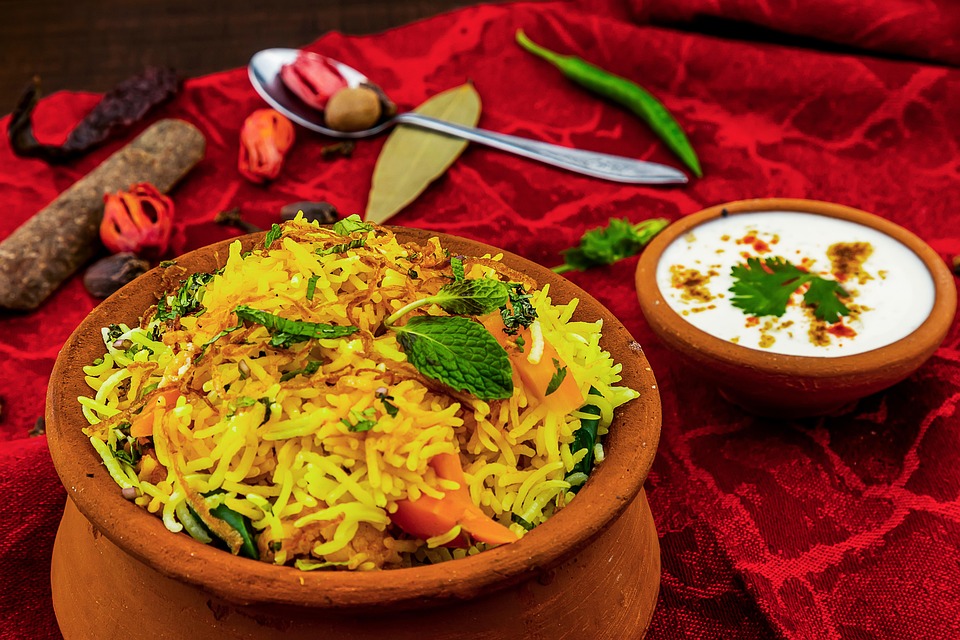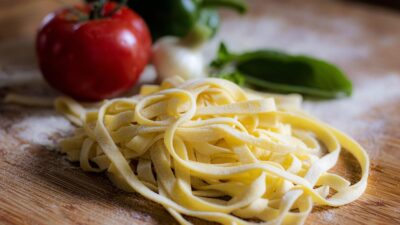Global Trends: How Cultural Fusion is Shaping Modern Cuisine
In today’s interconnected world, cultural fusion is not just a buzzword—it’s a culinary revolution. As societies amalgamate and cross-border exchanges intensify, food is at the forefront of this transformative wave. From food trucks selling Korean tacos to upscale restaurants fusing French techniques with Southeast Asian flavors, the evolution of modern cuisine is a testament to a worldwide palate that embraces diversity and innovation.
The Rise of Culinary Fusion
Culinary fusion has its roots deeply embedded in the history of trade and exploration. As spices and ingredients crossed oceans, they influenced local cuisines and led to the creation of new dishes. Today, thanks to globalization and technology, this phenomenon has intensified. Culture, ideas, and recipes flow more freely than ever, enabling chefs and home cooks alike to experiment with ingredients and cooking methods from various parts of the world.
Influences of Globalization
Globalization plays a critical role in shaping modern cuisine. Travel and migration allow chefs to experience diverse cultures firsthand, often resulting in creative culinary expressions. Social media amplifies this impact, providing a platform for food enthusiasts to share their experiences and innovations. Consider the Instagram phenomenon—food is as much about presentation and aesthetics as it is about taste, and visual storytelling encourages culinary experimentation.
Chefs are now inspired by multiple cuisines, creating dishes that honor their heritage while simultaneously embracing the ethos of others. This crossing of culinary borders can lead to surprising results. Take, for instance, the Japanese sushi burrito, which marries the traditional Japanese sushi concept with the convenience of a burrito—a perfect embodiment of cultural fusion.
Case Studies: Where Tradition Meets Innovation
Several chefs and restaurants exemplify this culinary shift. At the forefront is David Chang of Momofuku, who has redefined Asian cuisine in America. By melding Korean and American influences, he has crafted dishes that maintain authenticity while appealing to contemporary tastes.
Another prime example is the growing popularity of Caribbean-Asian fusion cuisine. Dishes like jerk chicken bahn mi sandwiches—where Vietnamese baguettes are filled with spicy Jamaican jerk chicken—illustrate the beauty of cultural melding. These culinary inventions have gained traction, showcasing that protective boundaries around traditional dishes are increasingly becoming porous.
Navigating Authenticity and Appropriation
While cultural fusion is celebrated, it also raises questions around authenticity and culinary appropriation. It’s essential to navigate these discussions with sensitivity. Appropriation can occur when elements of a culture are used without permission or understanding, often leading to a dilution of its significance. However, when cultural exchange is rooted in respect, appreciation, and collaboration, the results can be enriching for all parties involved.
Successful fusion cuisine often includes a dialogue between cultures rather than a mere blend of ingredients. For instance, restaurants engaging in this practice may showcase traditional cooking styles while improving accessibility to diverse flavors. Engaging with local communities, hiring chefs from those cultures, or conducting culinary workshops can enhance the authenticity of such endeavors.
The Role of Sustainability
As awareness of sustainability grows, many modern fusion dishes are created with eco-consciousness in mind. Chefs are now more likely to source local ingredients and adopt sustainable practices, leading to unique menu developments that reflect a commitment to both flavors and the environment.
Examples include plant-based dishes that incorporate global spices or techniques—from Indian-inspired lentil burgers to Moroccan-style falafel tacos. This responsible approach not only promotes health and sustainability but also champions culinary creativity in a way that honors cultures while addressing contemporary issues.
The Future of Culinary Fusion
As we look ahead, it’s evident that cultural fusion will continue to shape modern cuisine. The future lies in the openness to collaboration, the exploration of new flavors, and the willingness to learn from one another. Culinary adventurism, combined with technological innovations in food preparation and distribution, will likely lead to even greater diversity in the culinary landscape.
With the rise of virtual restaurants and food delivery services, chefs can now reach a global audience, experimenting with fusion cuisines in real time. As culinary scenes evolve, the need for a mindful approach to fusion will be crucial, ensuring that the celebration of diversity in food remains respectful, inclusive, and innovative.
Conclusion
Cultural fusion in modern cuisine represents a celebration of our interconnected world. By embracing diverse flavors and techniques, we create a tapestry of culinary experiences that enrich our palates. As we explore the endless possibilities that fusion offers, we must embrace the responsibility to honor the traditions and cultures that inspire us, paving the way for a global culinary landscape that is both delicious and meaningful.



